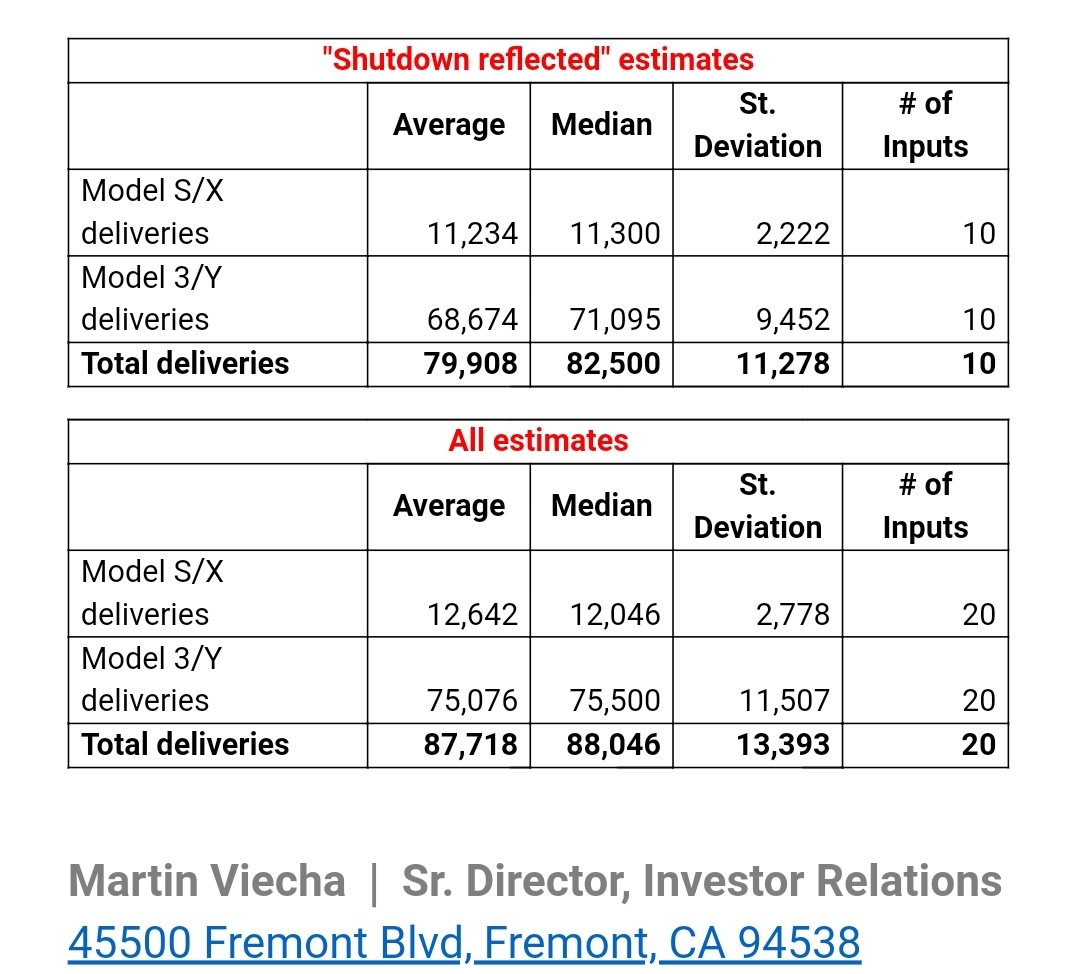OT - has anyone researched liquid air energy storage?
World First Commercial Liquid-Air Energy Storage Facility Begin Construction This Year
At first glance it looks like it could be a cheap effective way to store large quantities of energy for a price i think it would be difficult for batteries to match. It also appears to use quite mature technologies in terms of refrigeration and turbine energy generation. There appears to be no limit on the ability to scale the solution given the generic components being used.
Chemical batteries have advantages in speed of response, but this could be a better solution to grid scale energy storage.
It appears to be early days in the product life cycle, but definitely something I'll keep an eye on. There's no mention of the efficiency of the system.
If it works as advertised it could be a great opportunity for Tesla/spacex too. They have the skills with pressurised containers, low temperature materials and heat exchangers that presumably could be easily transferred to this product. It would also align with Tesla's mission to accelerate the transition to sustainable energy.



